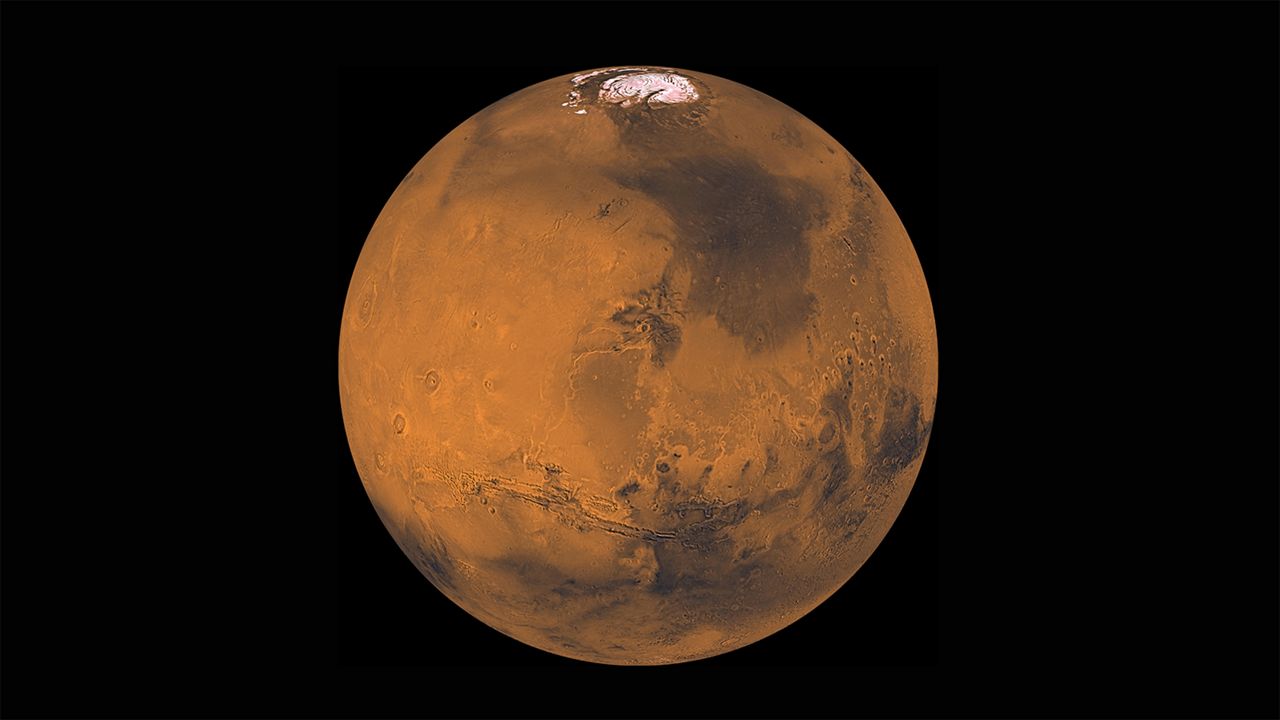In recent months, Mars has been putting on quite the show for us here on Earth, looking dazzling in the evening sky.
On October 6, 2020, Mars was a mere 38.6 million miles away from Earth, a stone's throw in galactic terms.
Now Earth has returned the favor with an even closer visit.
On February 18, NASA's newest rover, Perseverance, landed on the Martian surface. This mission not only carries a rover, but it also carries a helicopter, a first. It also carries a new weather station to monitor the weather on the Red Planet.
Studying the weather of the Red Planet began in the 1960s. NASA's Mariner missions observed the Martian atmosphere from space. Mariner 4, 6 and 7 all flew past Mars and as they did so, gathered information about the planet's atmosphere.
Since the 1970s, a scientist on Earth was able to get weather data and see weather conditions on Mars.
In 1976, two Viking landers touched down on Mars. Both were equipped with basic weather stations that included a thermometer and wind measuring equipment.
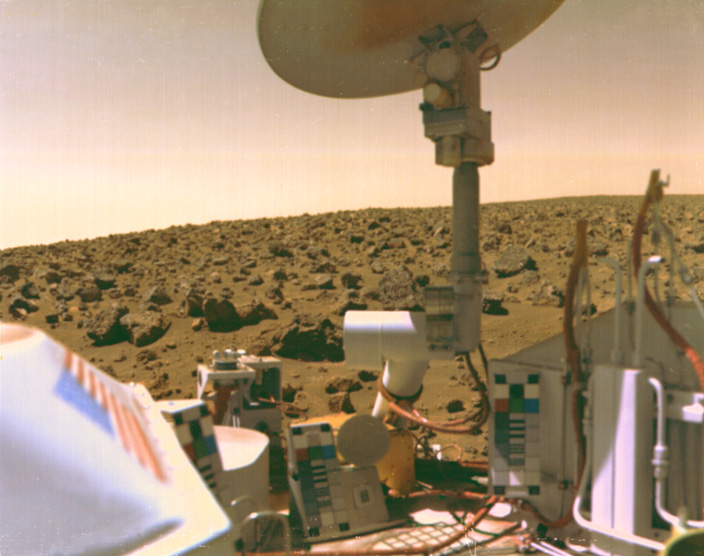
Since then, space scientists have sent even more spacecraft to study the atmosphere of Mars. Both spacecraft on the surface of the planet and spacecraft in orbit around the planet, have studied the weather on Mars for years now.
But why do we need to know the weather on Mars?
Mars has been a scientific curiosity for centuries.
In the 1700s, Giacomo Miraldi observed what he thought could be polar ice caps on the planet.
Later in the 1700s, William Herschel concluded that the Martian atmosphere was of low density. Meaning that the atmosphere was thinner than that of Earth.
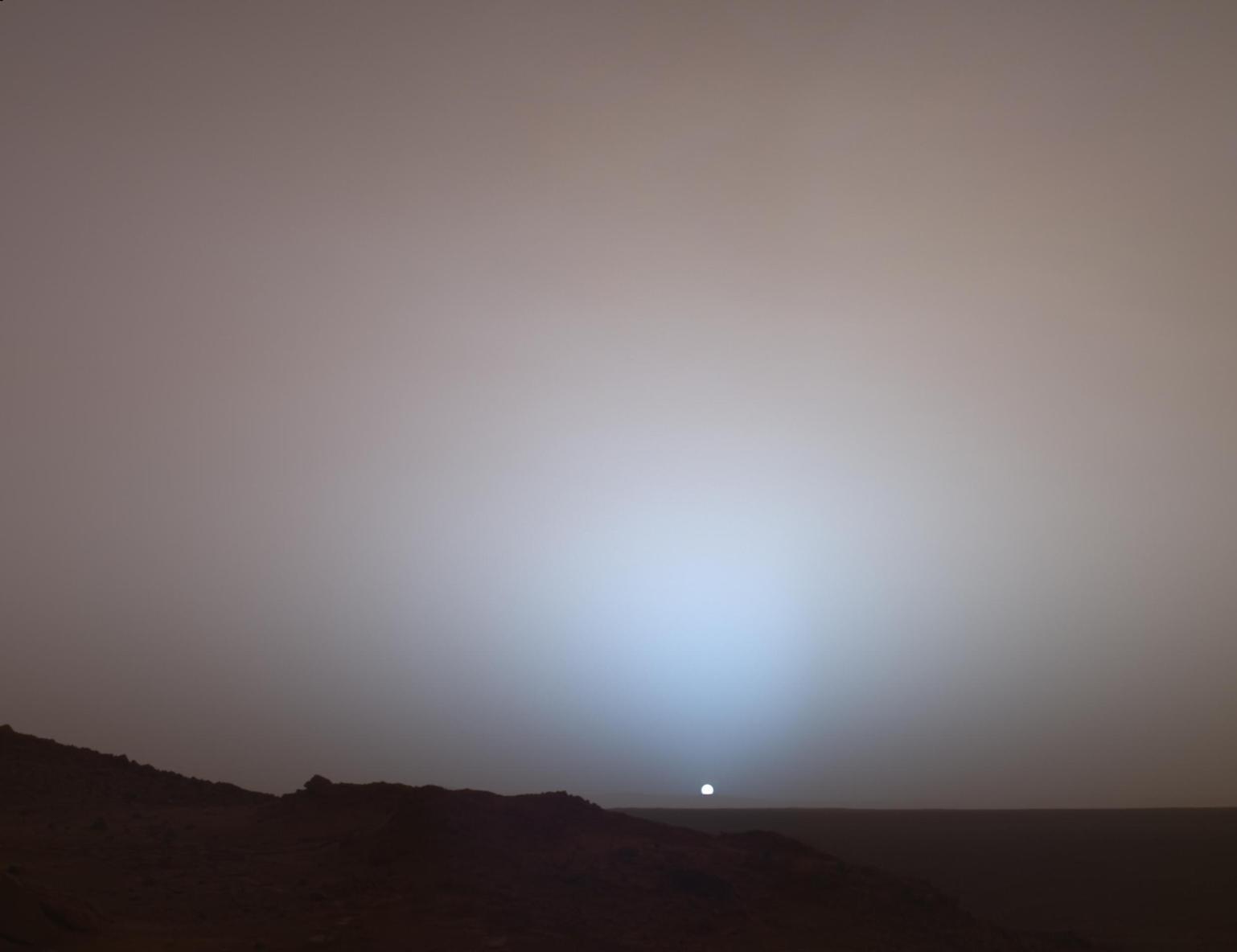
In 1809, Honore Flaugergues discovered "yellow clouds" on the planet. This was the first observation of Martian dust storms.
Over the years, probes on the surface and in space have viewed Martian dust devils as they make their way across the red plains of the planet.
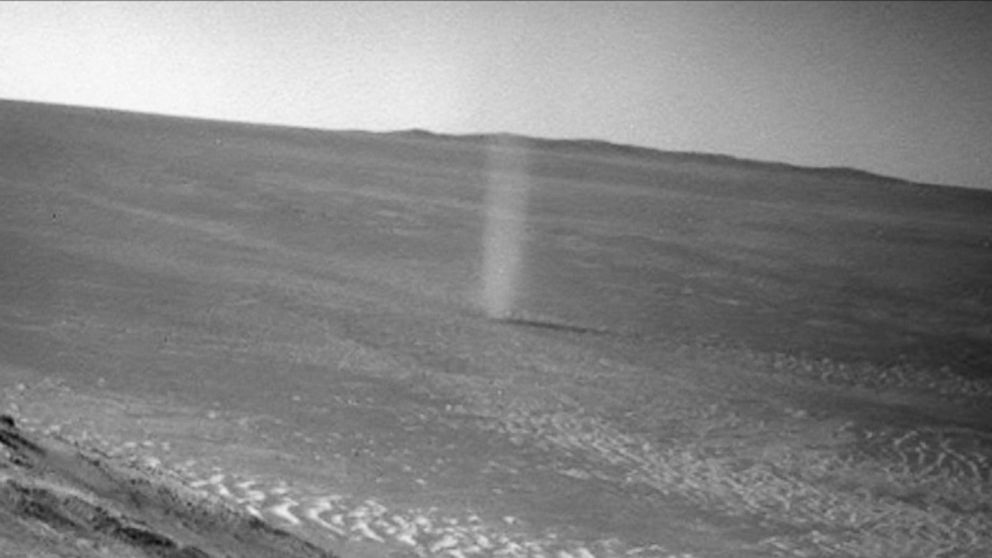
Temperatures have been estimated as cold as 243 degrees below zero at the poles, with a hot 95 degrees measured by the Spirit River. Average temperatures at the planet's equator look to be around 68 degrees.
In 2008, the Phoenix spacecraft recorded snow falling from clouds near its landing site.
With the landings of the Viking lander in the mid-70s, we were able to get real-time weather readings from another world. A world million of miles away.
Since the 1990s, more and more spaceships have been heading to Mars. Each one carrying instruments to help study and to help understand how the weather on this distant planet works.
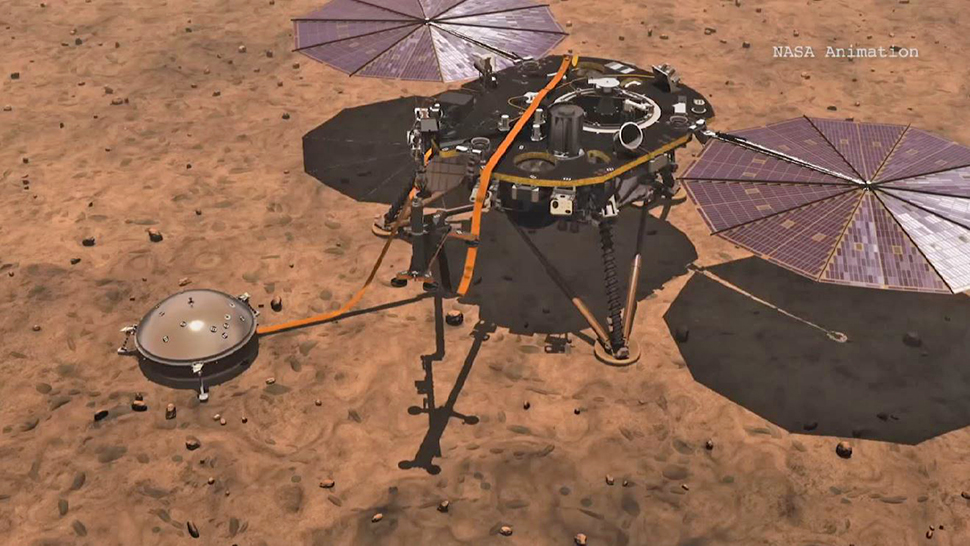
Those are the probes that have helped us to "see" these dust storms, to observe snow, and to watch dust devils dance across the Martian landscape, and the newest weather station just landed on Mars last week!
With the landing of Perseverance near the Jezero Crater last week, the newest weather station is now on Mars.
The weather station on the new rover is called the Mars Environmental Dynamics Analyzer. This piece of equipment contains instruments for measuring temperature, wind speed and direction, pressure, relative humidity, radiation and dust particle size.
It's one of the most complex weather stations that landed on Mars.
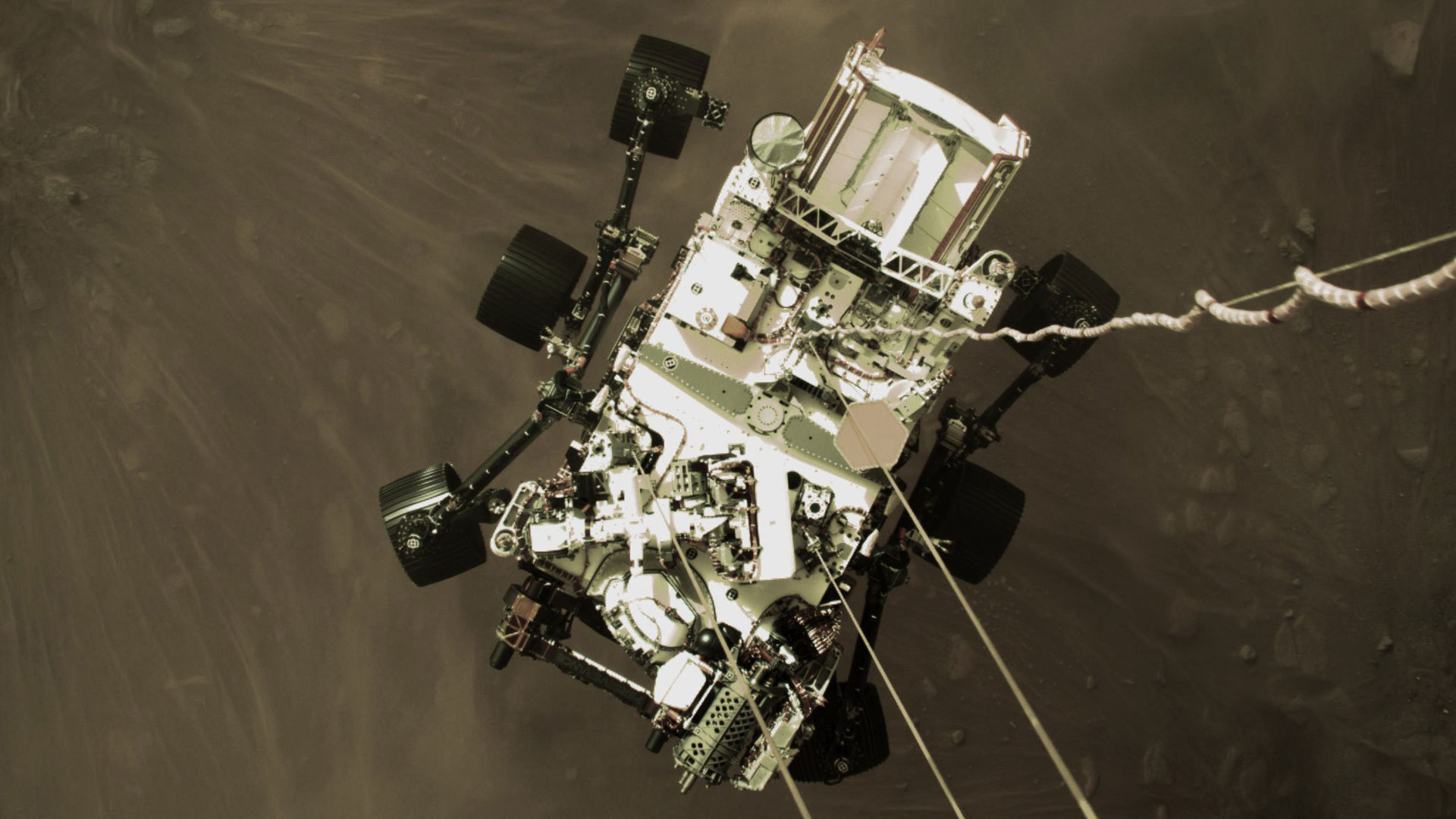
The overall goal in studying the Martian weather is to understand how the weather works on Mars, to make accurate forecasts and set the stage for forecasting the weather for future manned missions.
Manned missions are expected within the next few decades.



